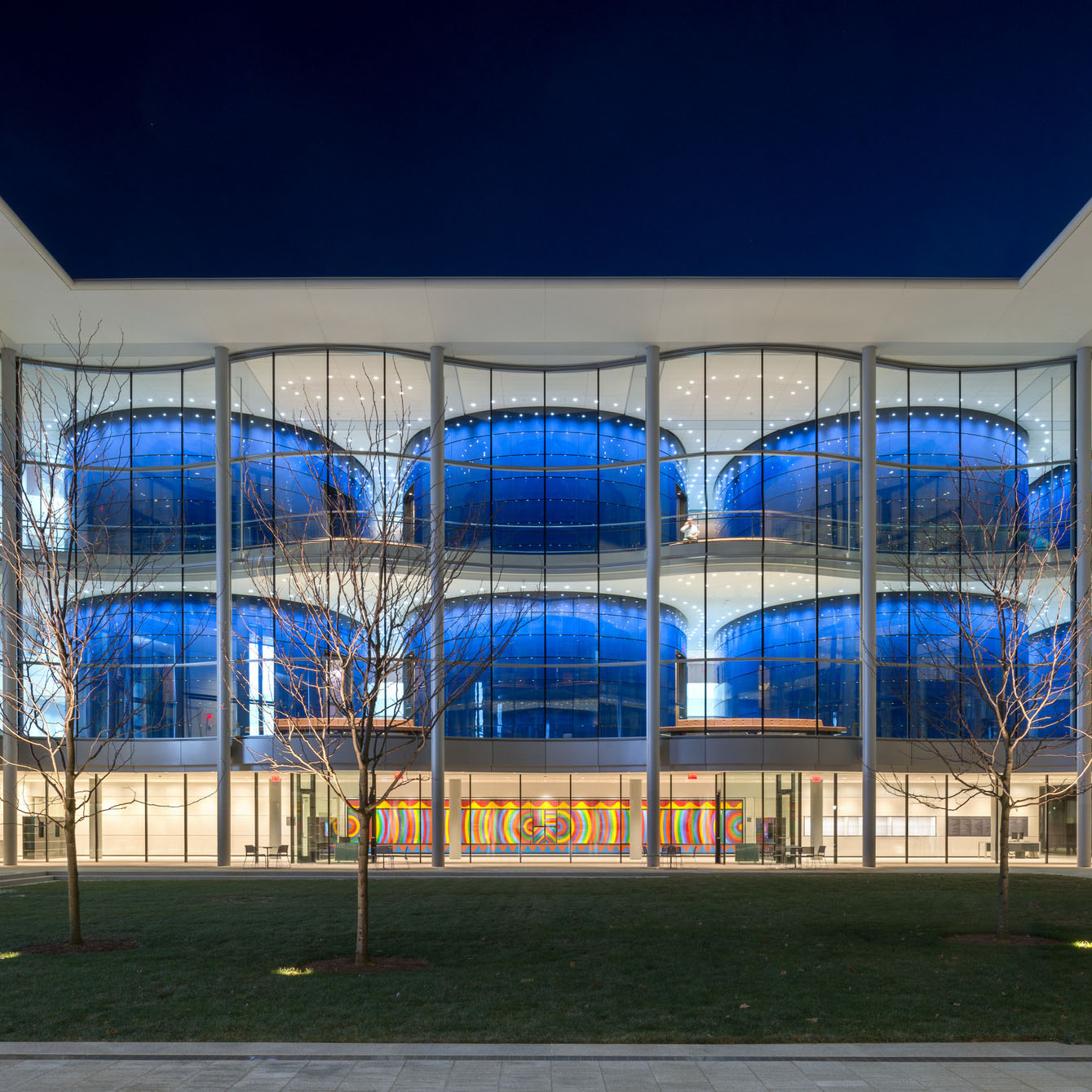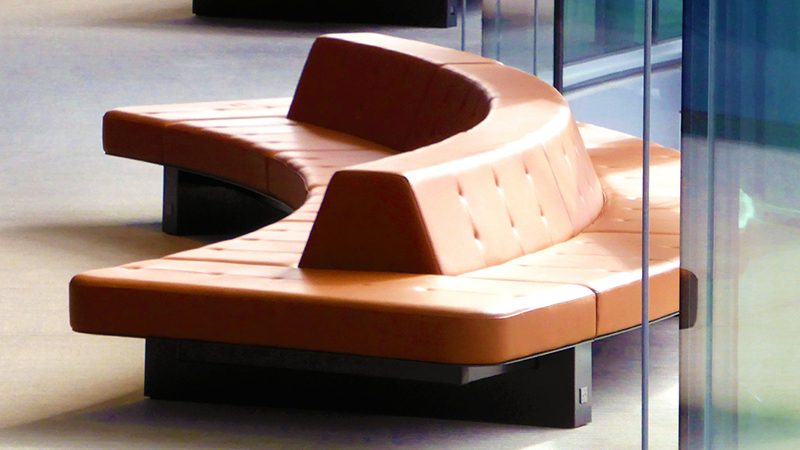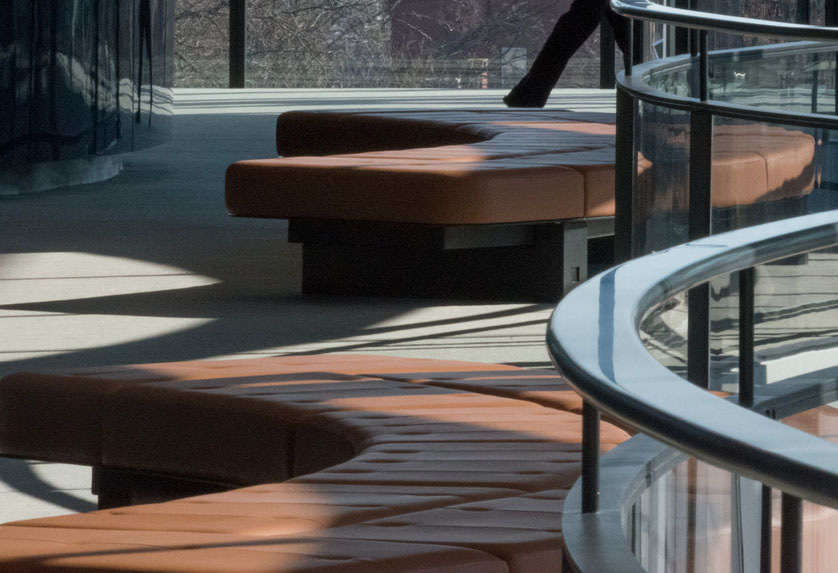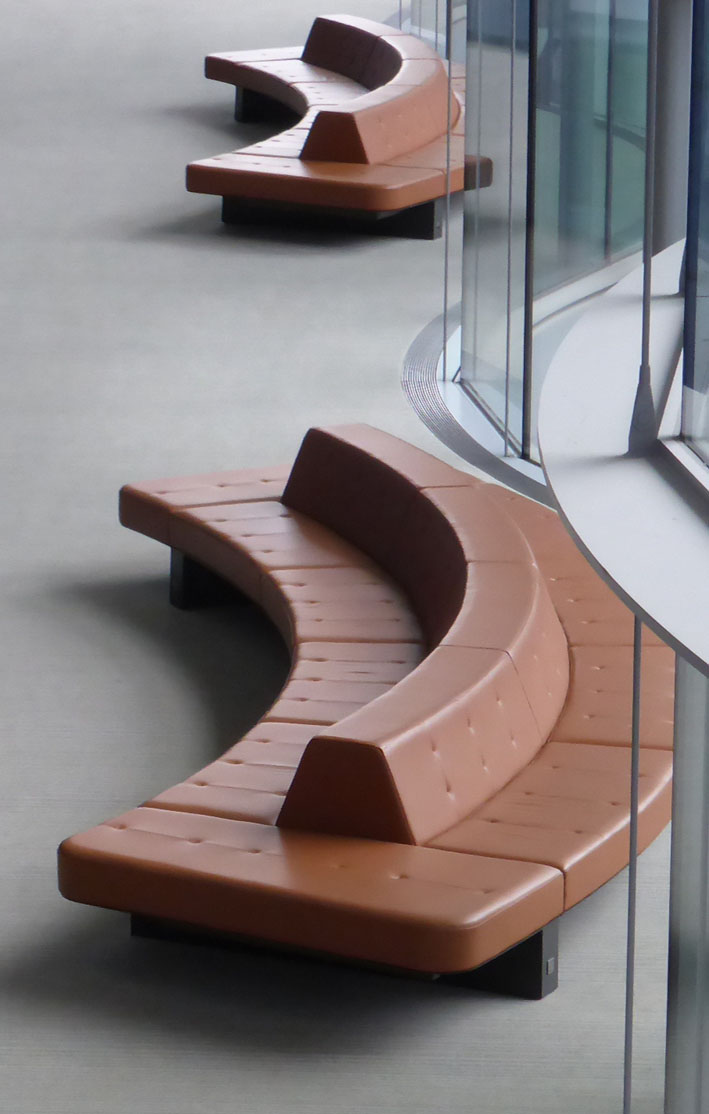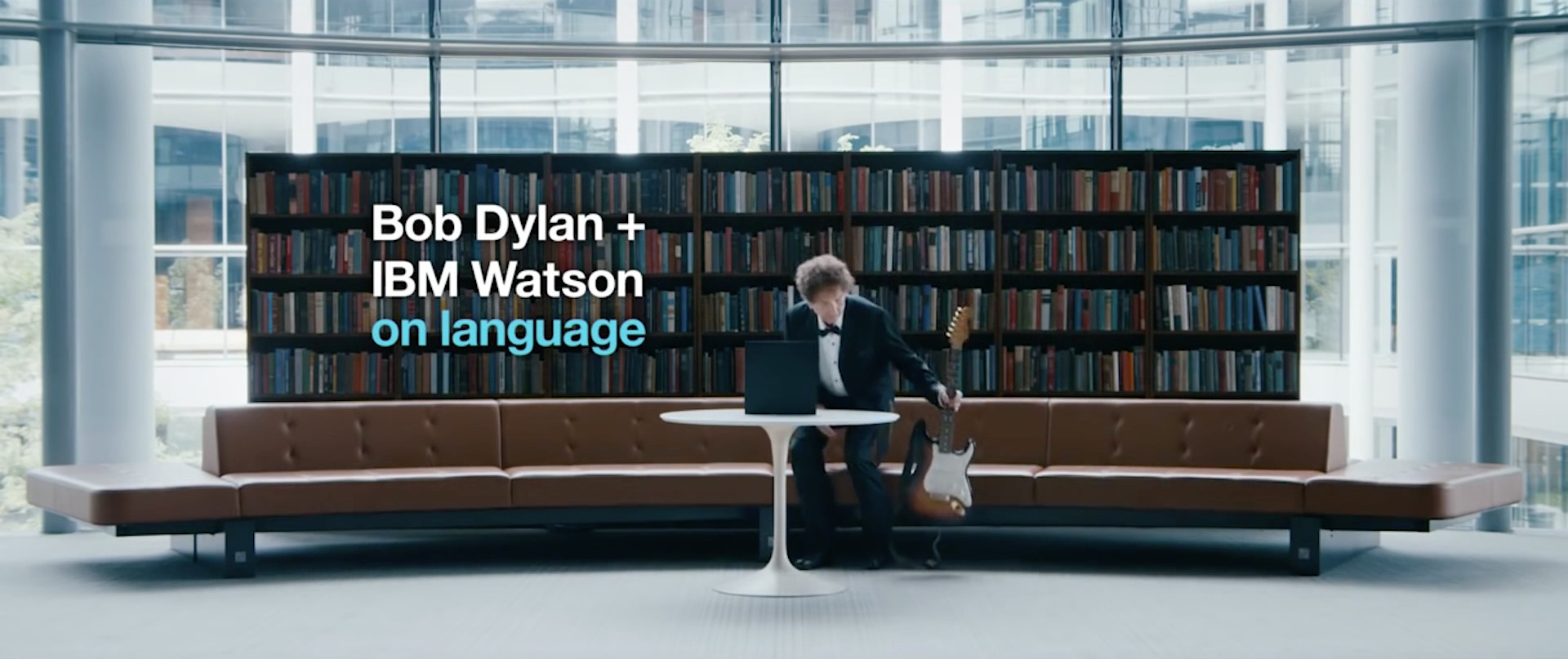A modular set of components that bolted together, with the outer edges very thin and the centre thick for strength. Almost no edge can be seen beneath the upholstery – that part of it is a flat sheet of steel – but behind, there are beams running across, some rising into the upholstery.
The leather we selected was also influenced by the car industry. Furniture upholstery tends to be soft and floppy, but that would not have been at all appropriate for this project. These seats had to take people sitting down, putting their computers or cups of coffee on the seat beside them, perching on the central backs; the pieces had to withstand severe punishment and look new for decades to come. For that we needed to create firm, well-structured upholstery, with good stitching and much more durable leather from the automotive and aircraft industries.
The seats have an interesting style, a double stitched seam in the middle of the seat. It isn’t buttoning, which the architect had originally envisaged. We felt that would have been too traditional and therefore out of character with their fabulous contemporary building, requiring instead a technically more precise and complex process and detailed internal design, something we achieved using CNC machining.
The steel structural components were laser cut in Birmingham, England so that everything would slot together like origami. This was a product of the eye-wateringly tight schedule; contract, design, approval, manufacture, shipping, delivery and installation all had to be completed in nine weeks.
We got it all there on time and on budget and everyone was delighted.
Edward Snyder, the Dean of Yale School of Management, is complimentary about the building as a whole and the public seating benches in particular, which ‘arouse a sense of interconnectedness, provide long lines of sight and encourage vibrant engagement.’

